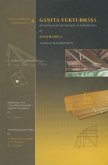
eBook, PDF
1. Januar 2009
Hindustan Book Agency
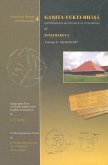
eBook, PDF
1. Januar 2009
Hindustan Book Agency
Gebundenes Buch
17. März 2011
Springer / Springer London / Springer, Berlin
80020843,978-0-85729-035-9
| eBook, PDF | 73,95 € |
eBook, PDF
14. März 2018
Springer Nature Singapore
| Broschiertes Buch | 70,99 € | |
| Gebundenes Buch | 77,99 € |
Ähnliche Artikel

24,95 €
Sofort per Download lieferbar
eBook, PDF
15. Oktober 2005
Hindustan Book Agency
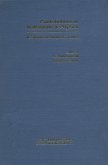
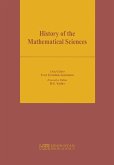

eBook, PDF
6. Dezember 2012
Springer New York
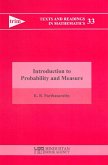
28,95 €
Sofort per Download lieferbar
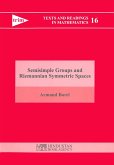
24,95 €
Sofort per Download lieferbar
eBook, PDF
15. Dezember 1998
Hindustan Book Agency
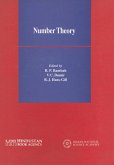
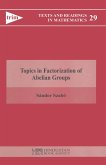
Ähnlichkeitssuche: Fact®Finder von OMIKRON
